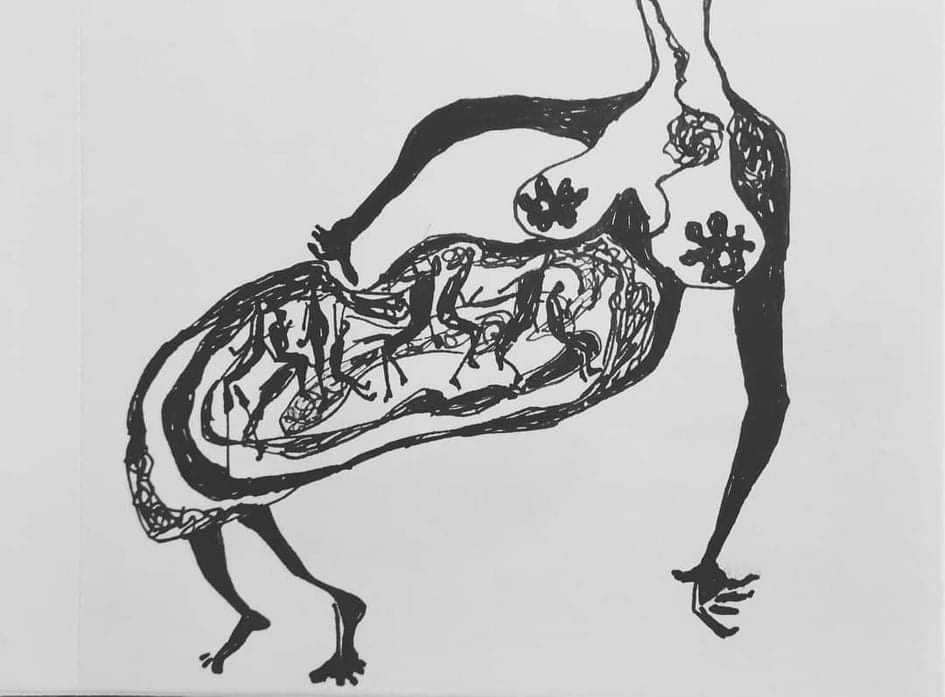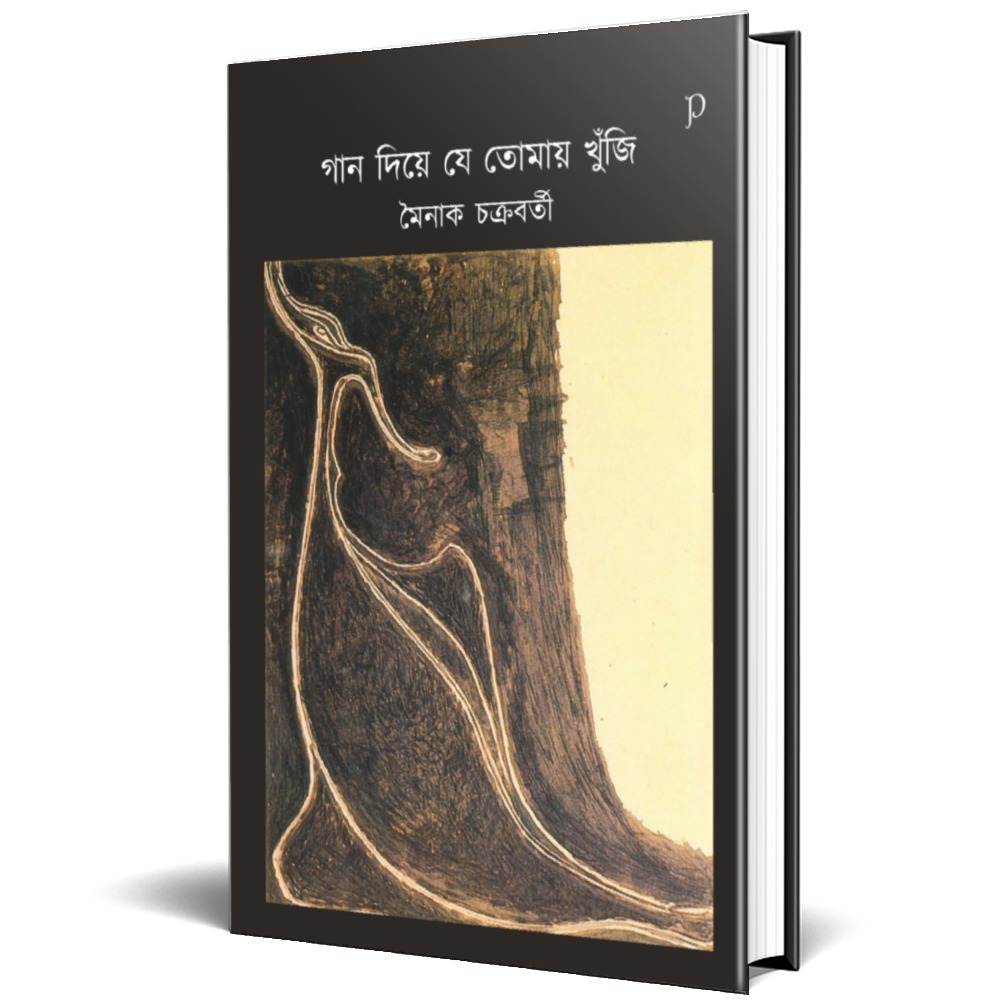From Memories of Magic to Dwellings, Space and Time: A Reading of Mallika Bhaumik’s When Time Is A Magic Jar—Sreetanwi Chakraborty
From Memories of Magic to Dwellings, Space and Time: A Reading of Mallika Bhaumik’s When Time Is A Magic Jar
Bibliographic Information:
Name of the Book: When Time Is A Magic Jar
Author: Mallika Bhaumik
Publisher: Red River
Year of Publication: 2025
Language: English
ISBN: 978-93-48111-03-6
Price: INR 299
Poetry serves as a unique literary form that bridges emotional expression and intellectual reflection. Unlike prose, poetry compresses language, relying on metaphor, rhythm, and ambiguity to evoke layered meanings. It is noteworthy how poets such as T.S. Eliot emphasize poetry’s impersonal nature, arguing in “Tradition and the Individual Talent” that the poet’s emotion must be distilled through historical consciousness. Conversely, Romantic poets like Wordsworth viewed poetry as “the spontaneous overflow of powerful feelings,” highlighting its emotional immediacy. Contemporary criticism explores how poetry interrogates cultural identity, power structures, and language itself, as in postcolonial and feminist poetics. Research into cognitive poetics also reveals how poetic structures stimulate deeper reader engagement and memory retention. Thus, poetry remains not just an art of beauty but a critical tool for examining self, society, and language. It resists singular interpretation, making it an enduring subject of scholarly inquiry across disciplines and time periods. This is exactly what the book When Time Is A Magic Jar by Mallika Bhaumik does. Published by Red River, the book explores the myriad landscapes of the poet’s mind, unveiling layers of nostalgia, quaint tunes of a sentient soul and the subjective warmth of an observant individual who finds solace in the purest rhythms of life.
The Book is divided into several parts, each having a significant name: ‘Cul-De-Sc’, ‘Sipping the Void’, ‘City Billboard and an Origami Bird’, ‘The Scent of a Woman’, ‘A Tale of Virus and Sunlight’, ‘A Diary of Decay and Desires’, ‘Of Boundaries and Belongingness’, ‘Summer, Winter, Rains’, ‘Letters and Longings’, ‘Of Fragrance and Fuchsia Love’. Each of these segments is a poetic journey, an introspective narrative embalming the reader’s soul, a few questions that remain unanswered, and an evocative sense that keeps on lingering. Kolkata chronicles become poignant in the lines of her first poem ‘Closure’ – “The day with its cacophony blows across the face like desert wind. The city, a prostitute past her prime, her jaded beauty no longer luring young men, songs of abandonment float over the muddy waters of the Hooghly.” At once, it is the passionate detachment from all the things that once existed, the closure is symbolic – unrest, closure, jump, survival, belongingness, blueness, nirvana, there are images that allow us to ponder on the various realms of life. John Keats’s poetic style is marked by rich imagery, sensuous detail, and mellifluous language. Bhaumik’s poems are charged with emotional intensity. Sometimes there are lush metaphors, and a steady musical rhythm creates immersive, almost tactile experiences. Her language celebrates beauty, transience, and the interweaving of imagination with reality. For instance, in her poem ‘On Emptiness’, she writes, “A home slowly metamorphoses into an address of loss, a gulped down pain cleaving through the once-assured feeling of belonging.” The ‘geometry of the space’ that she discusses, becomes an eyeopener for the whole concept of locale and time altogether.
Who occupies the space at a time? What exactly is our space? Childhood, memory, nostalgia everything coalesces into a distinct composition. Just like the ‘lit up billboards ‘that look like the ‘bodies of women, enticing,’ each of her poems becomes a windowside story for the readers to cherish. Almost similar to the museum of brokenness which she draws and imagines for us. The images of mother, soil, city, Ferris wheel, the juggling monotony of the daybreak and the nighttime, morbidity at times, stifling stillness, sorrow, rapturous moments of fertility all culminate into the poetic ramblings of an inherently strong visualizer. For instance, in ‘Afternoon Collage’, she writes: “This afternoon is a long, long wait, a wait for opening a parcel or an envelope that never arrives, lost in transit or never written, perhaps.” Are we all not at this transit point? How much painful is the exodus? In what ways do we interpret the incongruencies of our own existence? At some point in our lives, don’t we all crave for the intensely strong love poems – “Our wounds are dried-up scars traversing the dusty roads of this city. They have forgotten the route map to reach that tranquil isle where frangipanis still bloom.”
When Time Is A Magic Jar needs to be opened. It is the magic of the words, their taste, smell, sights, and the feel of the words getting replenished in the crevices of time. The sultry days and evanescent nights are there to stay, talking about stories in postcards, leftover memories in the serpentine lanes of the city, and blossoming passionate life rituals that allow us to exist. ‘Life is but a walking shadow’ as the Bard had said. Mallika’s poems are a luminous orchestration of light that exists along with these walking shadows, a must-read poetry book for everyone.
About the Reviewer:
Sreetanwi Chakraborty is an Assistant Professor (Grade-III) in Amity Institute of English Studies and Research, Amity University Kolkata. Chief Editor of Litinfinite Journal and Hon. Editor of Penprints Publication (MSME, Govt. of India). Research papers published in Scopus, Web of Science and UGC indexed journals including Agathos, IUP Journal of English Studies, Literary Voice, Tripura Theatre Journal, Dialog, and more. Notable works include Rhododendrons (novel), Medusa Says it All (Poetry) Of Dry Tongues and Brave Hearts (Anthology) and a translated short story ‘Insatiate Desire’, in The Collected Short Stories of Kazi Nazrul Islam from Orient Blackswan. Widely published as a feature writer and poet, she has read her poems on invitation by the Sahitya Akademi, the Apeejay Kolkata Litfest, the W.B. Kabita Academy, Samyukta Poetry and Chandrabhaga Poetry Festival. One of her paintings has been selected by the Sahitya Akademi as the cover design for Prachi journal in 2023. Member of MLA and MELOW.











Comments